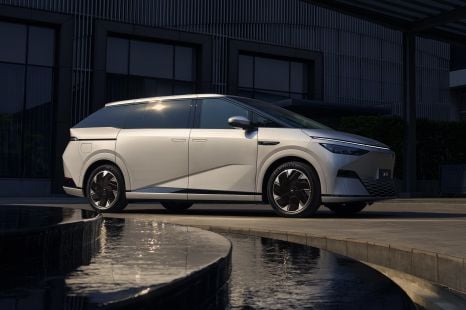

William Stopford
Will 2026 be the year of the people mover in Australia? China seems to think so
6 Hours Ago
Faraday Future says it will finally begin production of its electric FF 91 SUV in March 2023, with deliveries to begin in April.

Contributor
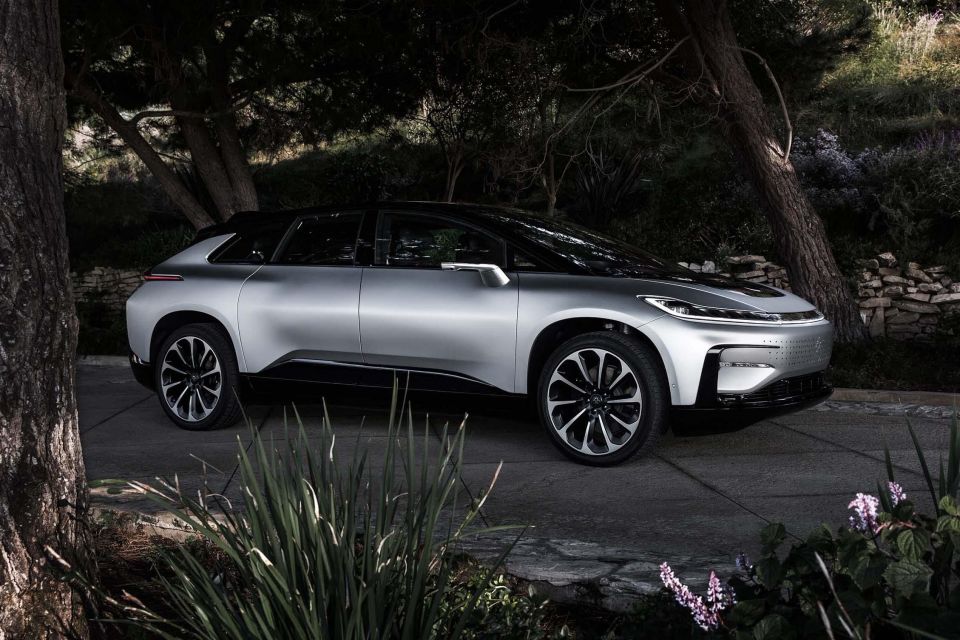

Contributor
After a turbulent few years, Faraday Future has announced it has received the USD$135 million (A$194.6 million) in funding needed to start production for its FF 91 electric vehicle.
Production is scheduled to start in March with the first vehicles off the production line by early April and delivered towards the end of that month.
The FF 91 concept was first revealed at the US Consumer Electronics Show (CES) all the way back in January 2017.
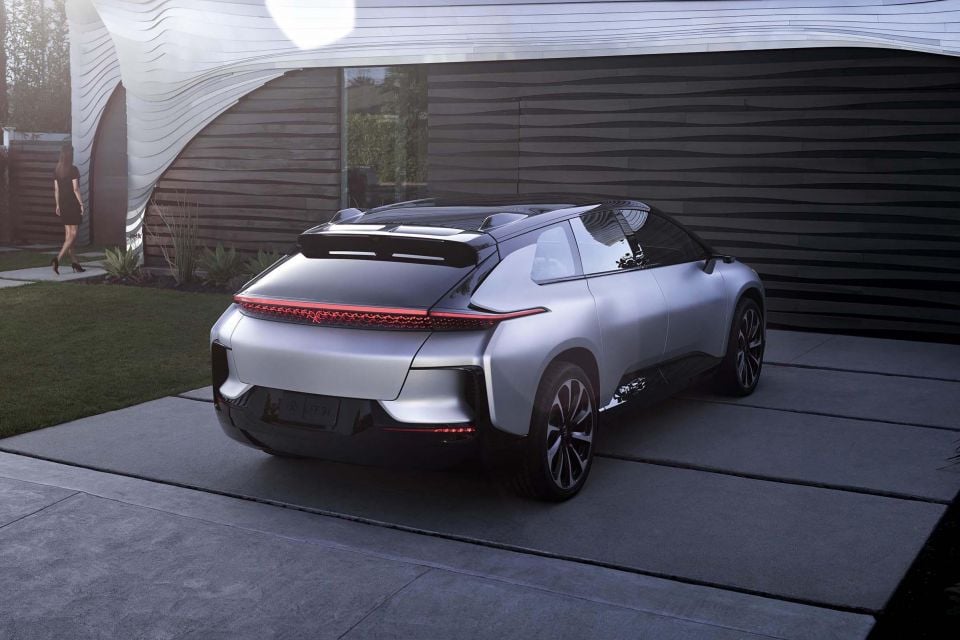
In a global investor business update in December 2022 the carmaker announced what it called the ‘Product and Technology Generation 2.0 program’, ostensibly to ease prospective buyers’ concerns about the delay between the vehicle’s reveal and its introduction.
The updates include 26 major system changes to the powertrain, battery, charging, chassis and interior. It will also feature 13 key updates to computing, sensing, communication, user integration and significant performance upgrades prior to the first production.
Faraday Future announced it has received USD$33.4 million (A$48 million) in funding since its global investor update in December 2022, which paved the way for production.
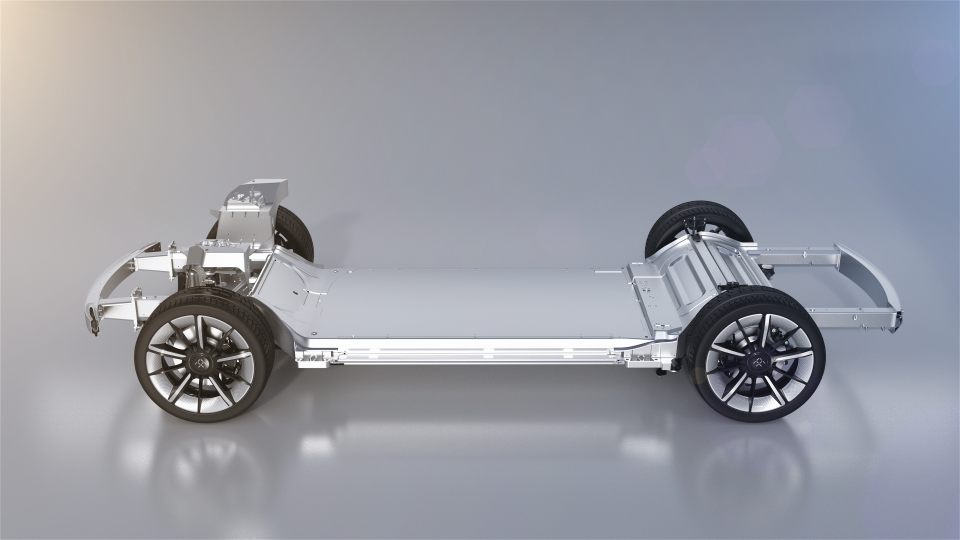
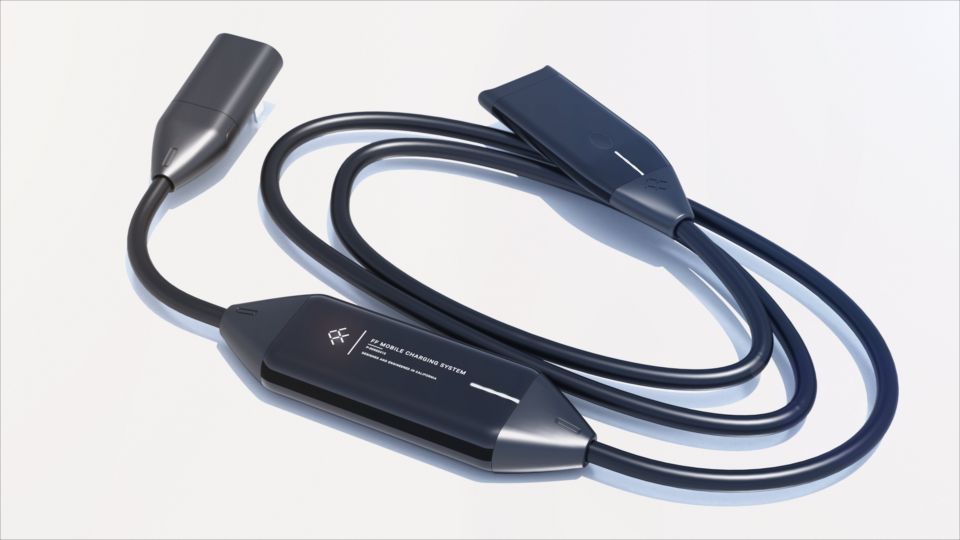
The company says its Hanford, California factory has passed its final hurdle – ‘milestone 6’ – with Faraday confirming the completion of construction and equipment installation in vehicle assembly areas.
The factory is predicted to produce 30,000 FF91 at peak production levels, however the current order book sits at only 401 pre-sale orders.
The FF 91 is the carmaker’s first vehicle to market, with plans to launch in American and Chinese markets targeting high-end buyers with a price tag starting from USD$180,000 (A$258,953).
The brand says the electric SUV was inspired by the likes of the Lamborghini Urus, Rolls Royce Cullinan, and Mercedes-Maybach GLS – despite those models having been introduced after the FF 91 was revealed in concept form.
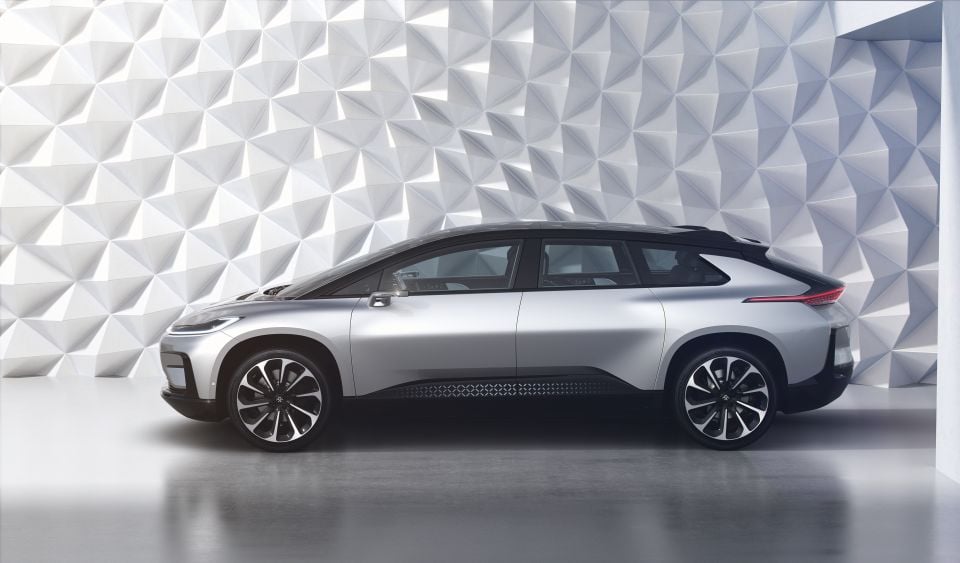
The FF 91 will have a tri-motor electric powertrain, now with a claimed system output of 782kW and a 0-60mph (0-96km/h) time of 2.27 seconds.
It features the brand’s own Variable Platform Architecture (VPA) and a 130kWh battery pack, with range of up to 700km.
The battery pack is able to charge using DC fast charging at 239kW.
The FF 91 measures 5255mm long, 1981mm wide and has a 3200mm wheelbase.
The vehicle will be available in 10 exterior colour options with five interior trims to choose from and three different wheel designs.
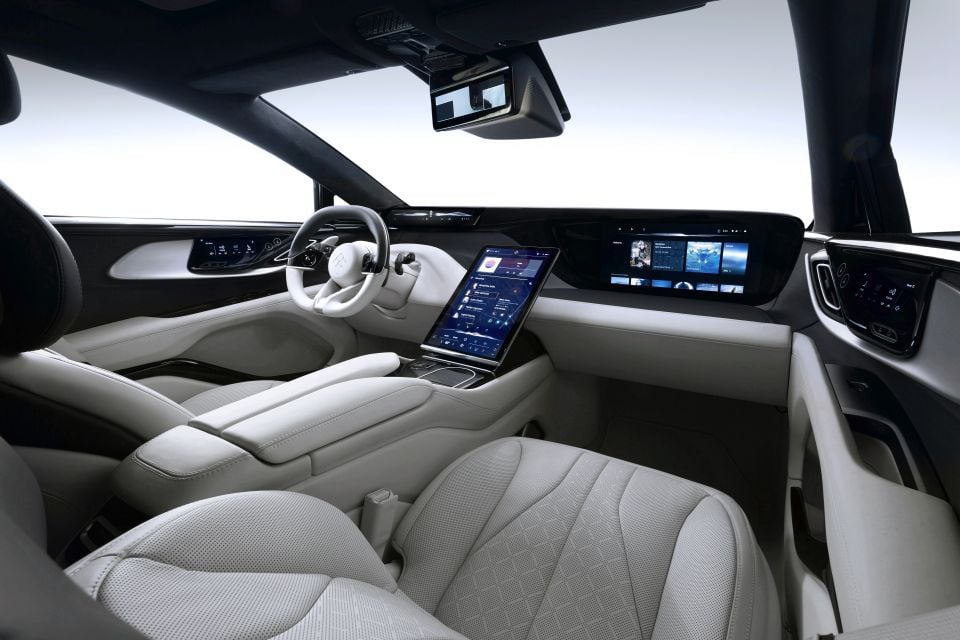
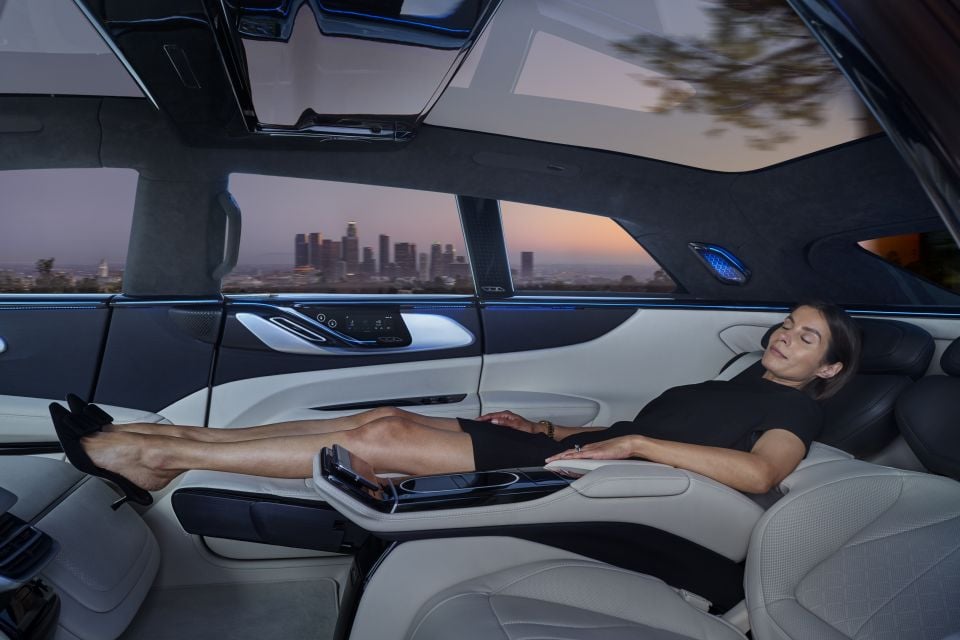
Key technology features include 100-inches of high res viewing across 11 displays, mobile movie theatre and video conferencing abilities, and NASA-inspired zero-gravity captain seats with a 60-degree recline.
Faraday recently exhibited the FF 91 at CES in 2023, promoting its partnership with Innovusion.
Innovusion are working with the brand to seamlessly integrate real-time 3D vision, and power the FF 91’s autonomous driving system through its LiDAR technology.
The company has confirmed it has started working on the smaller FF 81 crossover, said to be a mid-sized (and therefore large by Aussie standards) SUV. An FF 71 is set to follow.
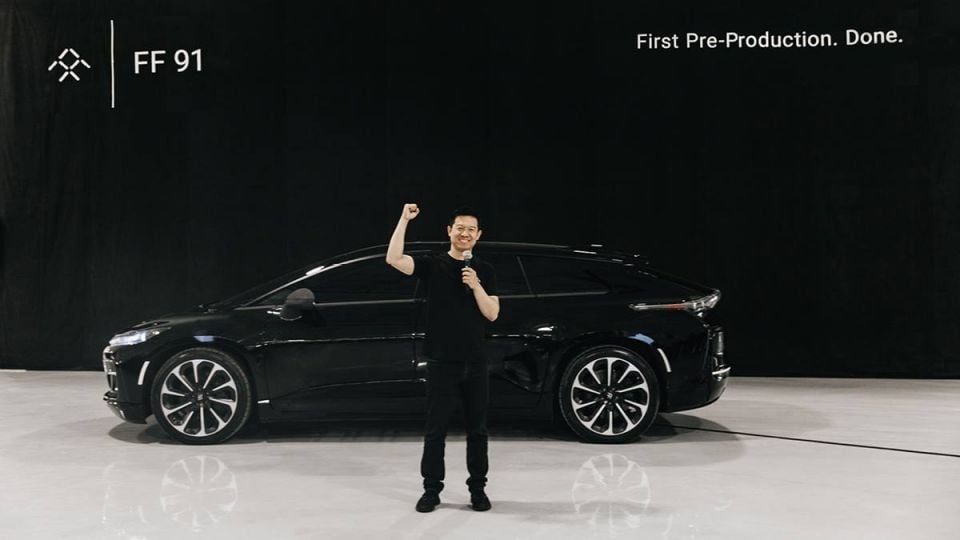
Faraday Future has a short but rocky history.
The company’s future was in doubt after founder and then-CEO Jia Yueting filed for bankruptcy in America.
Yueting later secured a bankruptcy plan by a Californian judge to repay the US$3.6 billion ($5.5 billion) debt seven months after the initial filing.
This wasn’t the first time Yueting has had financial issues, as he fled China in 2017 after getting into billions of dollars of debt funding his “Netflix in China” business LeEco.
A majority of people who were owed money by the founder agreed to switch their debt claims for pieces of the founder’s ownership stake in Faraday Future.
More than US$1.7 billion – US$900 million from Yueting’s personal bank account – has been spent developing the FF 91.

In 2018, former CFO Stefan Krause resigned and was later sued by Faraday for stealing trade secrets for his new company, Canoo.
CEO Carsten Breitfeld was asked to resign by the board amid claims the company’s performance since going public in July 2021 weren’t satisfactory.
Xuefeng ‘XF’ Chen was appointed CEO in November 2022 in hopes to boost FF 91 productions and achieve long-term goals for the company.
In February 2023 the board will consider a proposal to increase the authorised shares for Faraday Future Class A common stock and if approved this will clear the path for additional future funding.
Prior to moving to Faraday Future, Mr Chen lead the expansion of Jaguar Land Rover in China.
Jade Credentino is an automotive journalist currently based in Melbourne, Australia. Jade has had a chance to review a variety of vehicles and particularly enjoys SUVs. She enjoys traveling and going on road trips exploring Australia.


William Stopford
6 Hours Ago


Max Davies
6 Hours Ago


Derek Fung
7 Hours Ago


Matt Campbell
14 Hours Ago


Ben Zachariah
1 Day Ago


Damion Smy
1 Day Ago